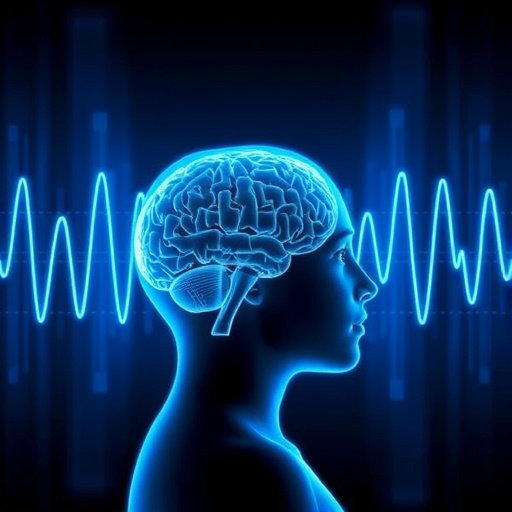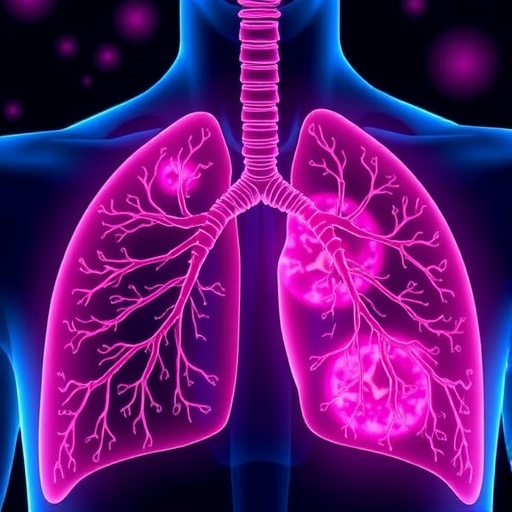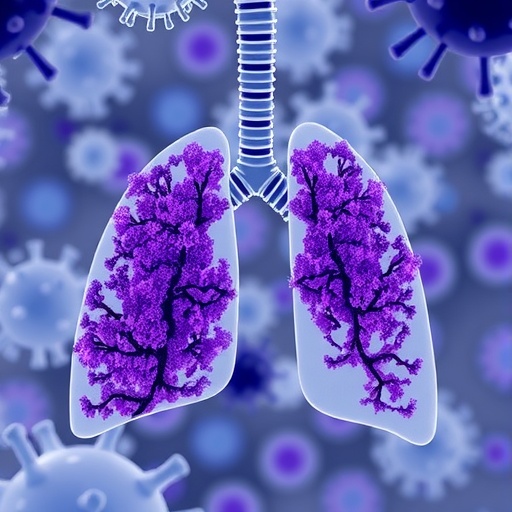In the intricate world of epilepsy research, new discoveries often challenge long-held assumptions and open novel avenues for understanding and treatment. A groundbreaking study from the University Hospital Bonn (UKB), in collaboration with the University of Bonn, the German Center for Neurodegenerative Diseases (DZNE), and several international partners, has unveiled a neurobiological phenomenon that may fundamentally reshape how scientists and clinicians interpret postictal symptoms following epileptic seizures. This research sheds light on the mysterious and often debilitating state known as postictal wandering, commonly experienced by patients with temporal lobe epilepsy, and proposes a mechanism rooted not directly in the seizures themselves but in associated slow depolarization waves known as spreading depolarization (SD).
Postictal symptoms comprise a spectrum of neurological impairments occurring after the termination of seizures, ranging from speech difficulties and cognitive disorientation to erratic motor behaviors, including aimless wandering. These episodes, which can last from several minutes to hours, pose significant practical dangers, such as patients inadvertently placing themselves in life-threatening situations. Traditionally, these symptoms have been attributed directly to the preceding seizures, yet until now, the precise causal neurophysiological underpinnings remained elusive. Professor Michael Wenzel and his team at the UKB sought to disentangle this complexity by focusing on the aftermath of seizures rather than the seizures themselves.
At the heart of their investigation lies the hippocampus, a critical brain structure situated within the temporal lobe and heavily implicated in the pathophysiology of epilepsy. Employing cutting-edge methodologies—including cellular-resolution fluorescence microscopy, electrophysiology, and optogenetics—the researchers monitored the living brain networks of a mouse model over extended periods. This approach allowed an unprecedented view of neuronal communication and network dynamics in situ and across multiple temporal scales. What emerged was a striking finding: the identification of slow, spreading waves of neuronal depolarization distinct from classical epileptic seizures, a phenomenon long associated with other neurological conditions such as migraine and acute brain trauma.
Spreading depolarization (SD) involves the breakdown of the neuronal membrane potential, causing a temporary failure of neural networks. These waves propagate slowly through tissue, effectively paralyzing affected neural circuits for durations stretching from minutes to hours. Strikingly, the hippocampus and adjacent temporal lobe regions displayed heightened susceptibility to these events during epileptic activity, a vulnerability not equally shared by the neocortex—the brain’s sensory and motor processing hub. This spatial specificity may explain the predominance of postictal symptoms in temporal lobe epilepsy patients and indicates that the scope of impact extends far beyond the immediate seizure event.
Crucially, the velocity and temporal profile of spreading depolarization waves mean they elude detection through conventional clinical electroencephalograms (EEGs), which routinely filter out such slow potentials due to bandwidth constraints. This invisibility factor has left decades of clinical data potentially misinterpreted, whereby the seizures themselves were blamed for postictal manifestations that may, in fact, be sequelae of associated SD episodes. Professor Wenzel emphasizes that this oversight necessitates a reevaluation of diagnostic protocols and could revolutionize EEG-based epilepsy monitoring.
The translational aspect of this research gains strength through the inclusion of human data drawn from deep brain electrode implantations designed for pre-surgical diagnostics in refractory epilepsy patients. Utilizing technologically advanced microwire bundles, the team extended the EEG bandwidth traditionally employed in clinical settings, thereby capturing previously hidden slow potential shifts indicative of SD within deep brain regions. This remarkable demonstration establishes a direct link between seizure events and local SD in human epilepsy, bolstering the hypothesis that SD waves are a pivotal neurobiological substrate of postictal symptomatology.
These findings prompt significant reconsiderations regarding the pathophysiological narrative of epilepsy and raise critical questions about therapeutic targets. If spreading depolarizations drive postictal phenomena rather than seizures alone, interventions tailored to mitigate or prevent SD could markedly improve patient outcomes. Furthermore, the variability of SD susceptibility among brain regions suggests that personalized approaches might better address individual symptom profiles and seizure foci, particularly within the temporal lobe.
Beyond the immediate clinical implications, this discovery touches upon broader neuroscientific themes, such as network excitability, neuronal resilience, and the interplay between pathological brain states and inherent protective mechanisms. It also invites reflection on the common mechanistic threads shared by diverse neurological disorders where spreading depolarization features prominently, such as migraines and ischemic stroke, potentially enriching the conceptual framework for multiple fields.
The research consortium, which included partners from Forschungszentrum Jülich, RWTH Aachen University, the University of Veterinary Medicine Hannover, and the University of California, underscores the collaborative and interdisciplinary nature of this endeavor. Their collective expertise and technological innovation have unveiled a critical dimension of epilepsy biology previously hidden in the slow rhythm of brain waves, inviting both excitement and cautious optimism for future applications.
As the authors advocate, the next steps involve deeper exploration of the causal relationships between SD and various postictal symptoms beyond wandering, as well as the impact of these waves on cognitive and behavioral functions. Investigations will also need to address how widespread and frequent SD events are among different epilepsy types and severity levels, and whether interventions can disrupt the deleterious cycle they engender.
Moreover, these revelations bear on the design and interpretation of past and ongoing epilepsy studies. The conventional EEG’s blind spot concerning SD raises the possibility that previous conclusions relating postictal effects solely to seizure activity may be incomplete or partially inaccurate. This necessitates a paradigm shift in both clinical and research methodologies, including the advocacy for expanding EEG spectral windows to incorporate SD detection routinely.
Altogether, this pioneering study redefines our understanding of epileptic pathology by spotlighting the critical role of spreading depolarization waves in generating postictal neurological dysfunction. It challenges entrenched assumptions and opens new frontiers for diagnostic refinement and therapeutic innovation. As the field moves forward, recognizing and addressing the hidden currents of SD could transform the landscape of epilepsy care, sparing many patients from the confusion and hazards of postictal cognitive impairment and behavioral disturbances.
Subject of Research: Hippocampal spreading depolarization as a neurobiological mechanism underlying postictal symptoms in temporal lobe epilepsy
Article Title: Hippocampal spreading depolarization as a driver of postictal ambulation
News Publication Date: 17-Sep-2025
Web References:
http://dx.doi.org/10.1126/scitranslmed.adv3260
Image Credits:
University Hospital Bonn (UKB) / Prof. Michael Wenzel’s research group
Keywords:
Epilepsy, Temporal lobe epilepsy, Postictal symptoms, Spreading depolarization, Hippocampus, EEG, Neurobiology, Seizure-associated waves, Neurophysiology, Optogenetics, Fluorescence microscopy, Electrophysiology
Tags: cognitive impairments after seizuresepilepsy research breakthroughserratic motor behaviors post-seizureimplications of spreading depolarizationmechanisms of postictal wanderingneurobiological phenomena in epilepsyneurological impairments postictallypatient safety in postictal statespostictal symptoms in epilepsyslow depolarization waves in seizurestemporal lobe epilepsy researchUniversity Hospital Bonn epilepsy study





